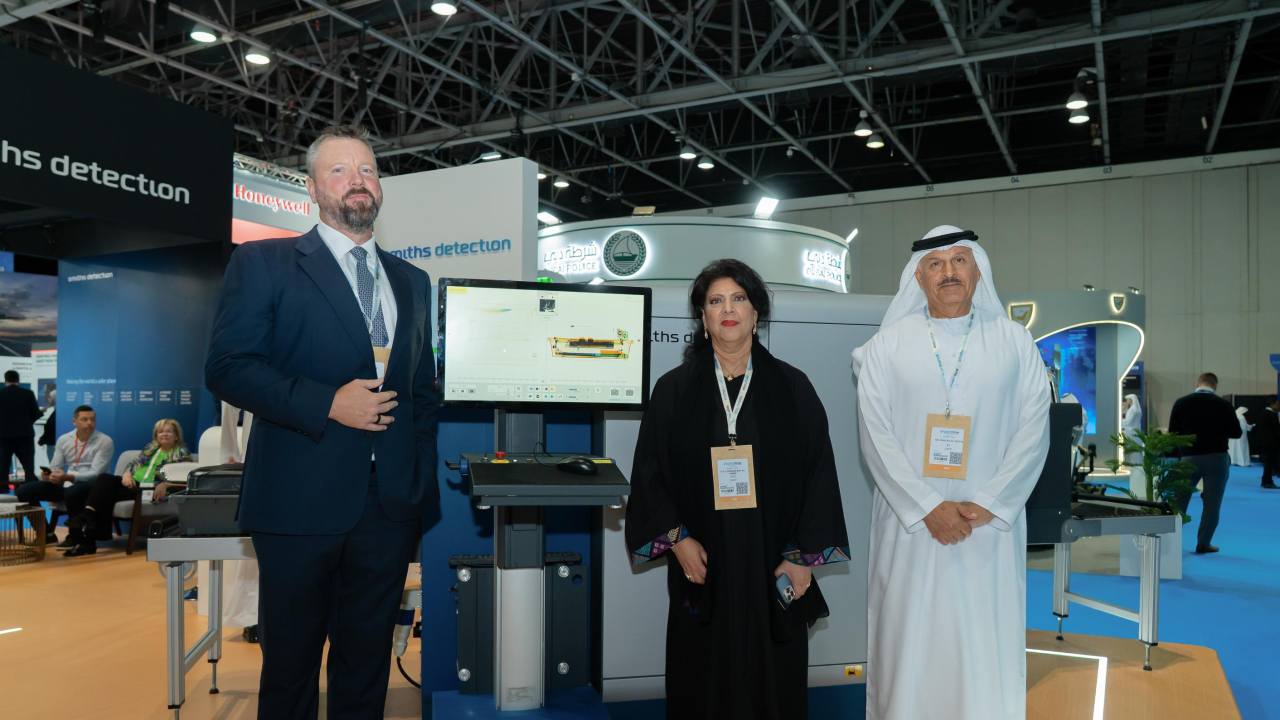Going green – in so many different ways

In the middle of March this year the US Air Transport Association (ATA), representing the country’s airlines, and the Pentagon’s Defence Energy Support Centre (DESC) announced an alliance to develop, produce and distribute alternative aviation fuels.
The intent was strategic, of course – to reduce
The twin pressures of energy vulnerability and climate change mean that in recent years the
Currently in the spotlight are programmes by Qatar Airways and Etihad. Last autumn a Qatar Airbus A340-600 carried out the world’s first commercial passenger flight on the power of a fuel made from natural gas. The aircraft’s Rolls-Royce Trent engines burned a 50-50 blend of conventional and synthetic gas-to-liquids (GTL) kerosene. The State of Qatar is set to become the world’s leading producer of GTL kerosene when it introduces full commercial production from 2012.
GTL kerosene helps to reduce environmental impact in two ways. It produces lower levels of particulates and other pollutants that affect local air quality. And its slightly higher energy density per kilogramme compared with oil-derived kerosene means that less is burned for each kilometre flown, resulting in a net reduction in emissions per flight.
At the end of last year UAE national carrier Etihad became the second carrier from the region, after Gulf Air, to join the Sustainable Aviation Fuel Users Group (SAFUG), an airline-led body set up in 2008 to accelerate the commercialisation and availability of sustainable biofuels.
Etihad has thus committed itself to supporting initial research into the suitability of algae and the jatropha curcas plant as a feedstock for biofuels.
After the false dawn of corn-based ethanol, which led to increased food prices and demanded large amounts of energy in production, these feedstocks could one day yield biofuels that are both cleaner and more energy-efficient than fossil fuels. In the meantime, the airline is already making a green difference with a proven technique that it plans to introduce across its fleet.
The skin of an airliner operating many hours a day quickly picks up a coating of grease, dust and other dirt. As well as harming the image of the airline, the grime represents weight and drag that adds to fuel consumption and emissions.
Last year the carrier trialled a newly-developed polymer coating for the exterior of the aircraft. Called Permagard and produced by the British company of the same name, the coating is designed to repel dust and dirt, so that the aircraft stays cleaner for longer, burning less fuel and having to be washed less often.
But the trial also revealed an incidental benefit. On washdays the dirt came off the treated aircraft more readily, requiring the use of less water and allowing strong cleaning agents to be replaced by more environmentally friendly alternatives. Etihad estimates that this year it will cut its consumption of cleaning water by 10 million litres, for a 75 per cent saving, as well as slashing cleaning fluid usage by fully 96 per cent, from 50,000 litres to just 2,000.
Along with pioneering individual initiatives like Etihad’s, the carriers of the region have proved that they can also act collectively for the good of the environment. Twelve months ago the Arab Air Carriers Organisation (AACO) became the first regional airline representative body in the world to recommend that its members adopt a system developed to support compliance with Europe’s emissions trading scheme (ETS) for aviation.
Before the end of the year airline IT and communications supplier SITA announced that 12 AACO member airlines had adopted its Aircraft Emissions Manager software system. Described as the first of its kind in the world, this CO2 emission monitoring, reporting and verification tool features powerful data mining and processing capabilities.
In development it was tested by a total of four airlines from the Middle East, the
“Aircraft Emissions Manager is helping these airlines to be compliant with the European ETS requirement at a minimum extra administrative cost,” said Frederic Falise, head of SITA’s environment programme. “Miscalculations or failures to prove accuracy could jeopardise an airline’s ability to apply for a carbon allowance and thus to operate into
He added: “We’re convinced that the community approach adopted by AACO is a good strategy for facing up to ETS regulation. There are signs that airlines in other parts of the world might follow their example.”
With millions of miles flown every year, the airlines are the prime focus for the environmental campaign. But corporate and VIP aviation is also subject to measures like emissions trading, and at least one service provider is gearing up to provide the help that owner-operators and flight departments will need to be compliant.
ARINC Direct is a package of flight-planning and other support services launched by IT and communications provider ARINC in the
“The European ETS has added to the workload of corporate flight departments and created an opportunity for us to lend a hand,” said James Hardie, senior manager for ARINC Direct at the company’s EMEA headquarters near
The ARINC Direct ETS solution is expected to become available within the next few months. It will be integrated into the existing flight planning and, possibly, datalink systems, and will allow supplementary data entry, storage and reporting for the operators’ own purposes.
“We think this combination of capabilities will not only make it easier for the operators to be compliant but will also allow them to obtain increased efficiencies in fuel procurement and trip management,” said Hardie. “It’s among the new services we will be ready to discuss at the EBACE business aviation show in Geneva this spring, and we hope to receive plenty of expressions of interest from our customers in Europe and the Middle East.”
Stay up to date
Subscribe to the free Times Aerospace newsletter and receive the latest content every week. We'll never share your email address.

